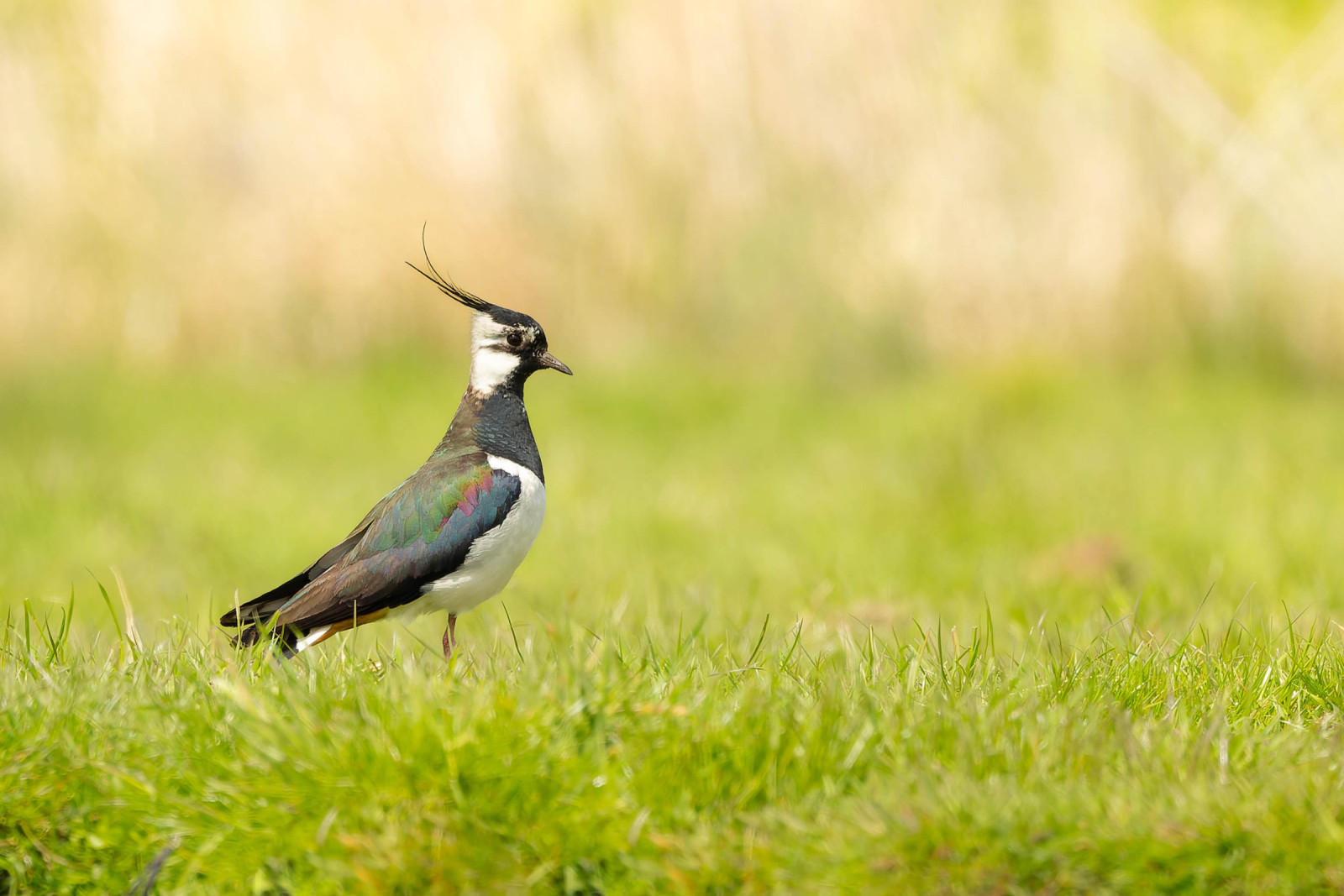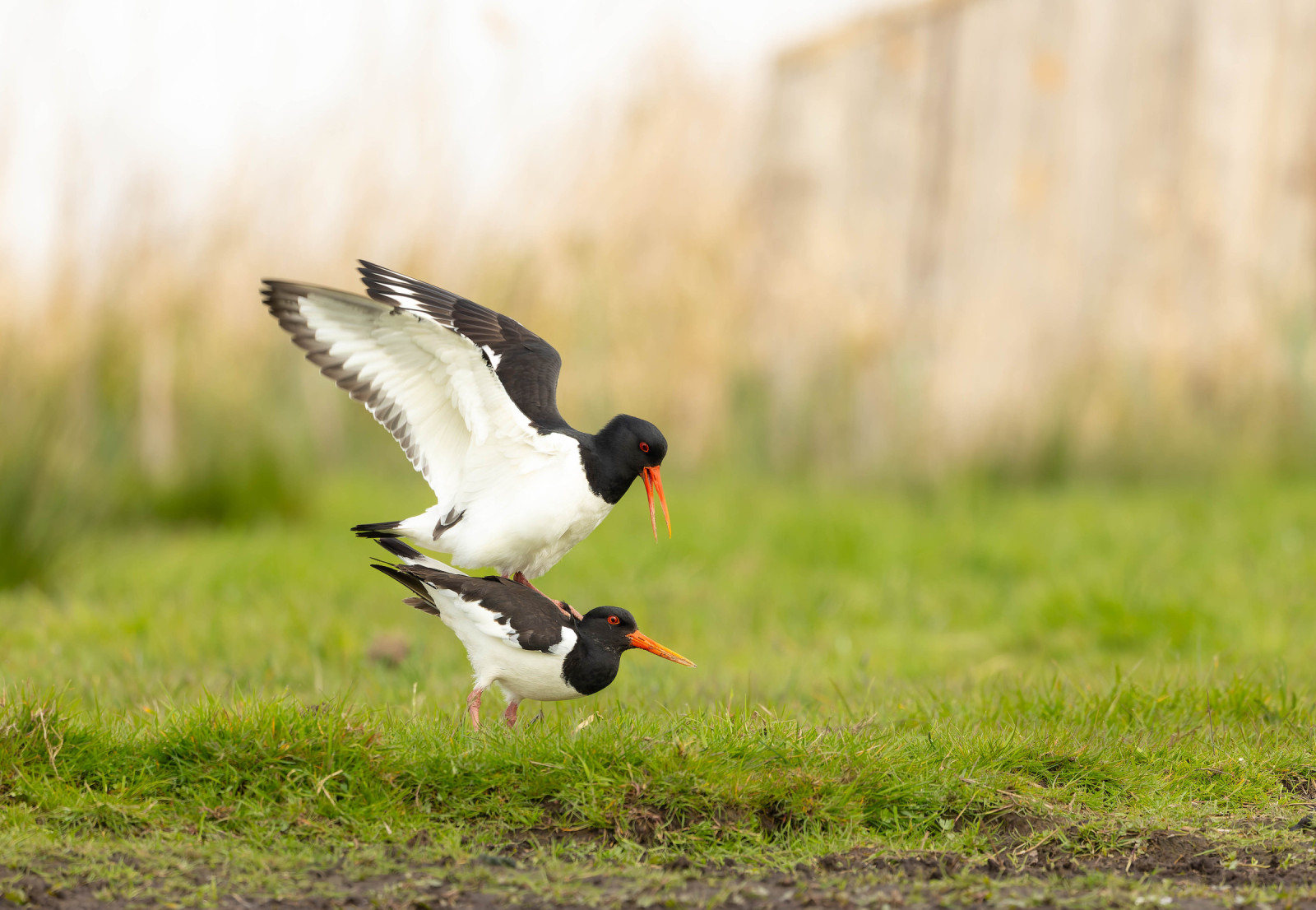Description
The center of this meadow area is the farm 'Het Beloken Land'. On this farm, economic management and care for nature and culture go hand in hand. Behind the farm there is a duck decoy that dates back to around 1770 and can still be viewed upon request. In the same area, the farmer has created a wetland area that acts as a magnet for meadow and water birds. There is a hide for bird lovers. You will see, among others, the Black-tailed Godwit, Common Redshank, Eurasian Oystercatcher, Northern Lapwing, Purple Heron, Gadwall and Northern Shoveler. The Avocet is also sometimes spotted. The surrounding meadows are fertilized with rough manure, which has a beneficial effect on the breeding opportunities of the meadow birds. The grass is only mown after the second half of June so that the young meadow chicks have plenty of opportunity to grow up healthily.
The meaning of Beloken Land is 'land between two extraction areas'. This implies that there have traditionally been beautiful wooded areas at the edges. Here you will soon be welcomed by various songbirds such as Dunnock, Greenfinch and European Goldfinch. In the reed fields you can hear Sedge Warbler, Reed Warbler and Reed Bunting.
_________________________
Nederlands: Het Beloken Land is een extensief beheerd weidegebied dat aantrekkelijk is voor water- en weidevogels. Hier zie je o.m. Black-tailed Godwit, Common Redshank en Northern Shoveler. Het centrum van dit gebied wordt gevormd door de boerderij 'Het Beloken Land'. Op deze boerderij gaan economische bedrijfsvoering en zorg voor de natuur en cultuur hand in hand. Achter de boerderij bevindt zich een eendenkooi die rond 1770 zijn oorsprong vindt en die heden ten dage op aanvraag nog bezichtigd kan worden. In hetzelfde gebied heeft de boer een plas-dras gebied ingericht dat werkt als een magneet op weide- en watervogels. Voor vogelliefhebbers is er een kijkhut. Je ziet er onder meer de Black-tailed Godwit, Common Redshank, Eurasian Oystercatcher, Northern Lapwing, Purple Heron, Gadwall en Northern Shoveler. Ook de Avocet wordt er gesignaleerd. De omliggende weilanden worden bemest met ruige mest wat een gunstig effect heeft op de broedmogelijkheden van de weidevogels. Het gras wordt pas na de tweede helft van juni gemaaid zodat de jonge weidevogels volop de gelegenheid hebben om gezond op te groeien.
De betekenis van Beloken Land is 'land tussen twee ontginningsgebieden'. Dit impliceert dat aan de randen van oudsher mooie houtsingels aanwezig zijn. Hier wordt je al snel verwelkomt door verschillende zangertjes zoals Dunnock, Greenfinch en European Goldfinch. In de aanwezige rietvelden hoor je de Sedge Warbler , Reed Warbler en Reed Bunting.
Details
Access
The Beloken Land is located in the municipality of Montfoort and can be reached from both the north and south via the M.A. Reinaldaweg (N204). Parking options are limited (see map) so the best option is by bike. The area itself can only be explored on foot. The circular route indicated on the map is approximately 3.5 km.
_________________________
Nederlands: Het Beloken Land ligt in de gemeente Montfoort en is zowel uit noordelijke als zuidelijke richting te bereiken via de M.A. Reinaldaweg (N204). De parkeermogelijkheden zijn beperkt (zie kaart) dus de beste optie is de fiets. Het gebied zelf kun je uitsluitend lopend verkennen. De rondlopende route die is aangegeven op de kaart is ongeveer 3,5 km.


.jpg)


